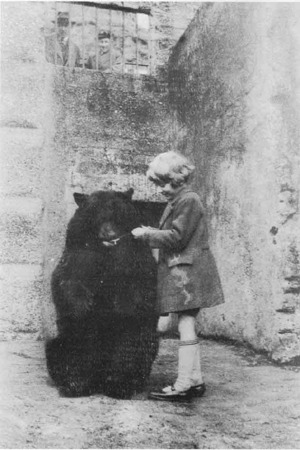The Great War, however, was not merely incidental to this vital chapter in children’s literature history. In very important ways, it motivated Milne to develop a singular vision of childhood that still resonates today. Milne, who had served, like Colebourn, in the French theatre of operations, responded to the horrors he had witnessed by imagining the idyllic world of the 100 Acre Wood and its charmingly naïve cast of stuffed animals. Both the setting, which Milne modelled after Ashdown Forest where he had bought a summer home, and the characters exist untouched by the outside, adult world. Indeed, it is the “Bear of Very Little Brain” and his companions’ very inability to grasp the world of grown-up realities that readers often find most appealing about them. A pacifist who would later publish a passionate, brilliant defense of his principles, Peace With Honour (1934), Milne, along with Shepard, created the definitive child-space of idealized innocence: bucolic, serene, gentle, removed from adult concerns and a modern world that had recently witnessed an unprecedented episode of death and suffering. As Milne’s biographer Ann Thwaite notes, the only weapon permitted in the 100 Acre Wood is a pop gun, the cork secured by a string to render it harmless. If Winnie the Pooh’s fantasy world seems utterly remote from the battlefields of Europe, this was precisely Milne’s point: that childhood’s innocence might offer a retreat from a world scarred by war.
Dr. Andrew O’Malley, Associate Professor in the Department of English, and Director of the Children’s Literature Archive, Ryerson University.
